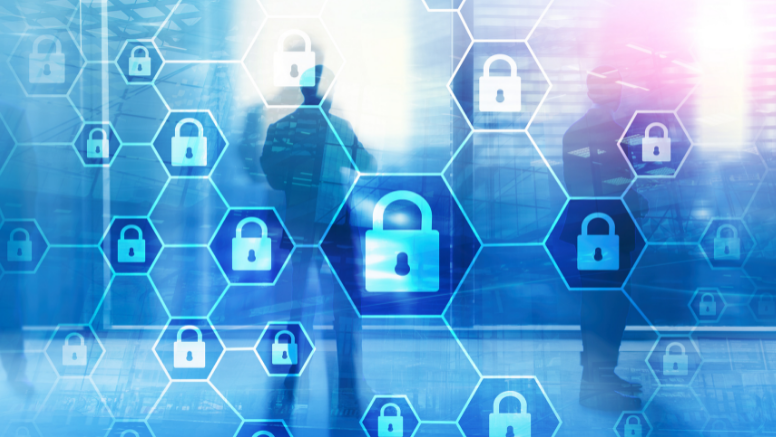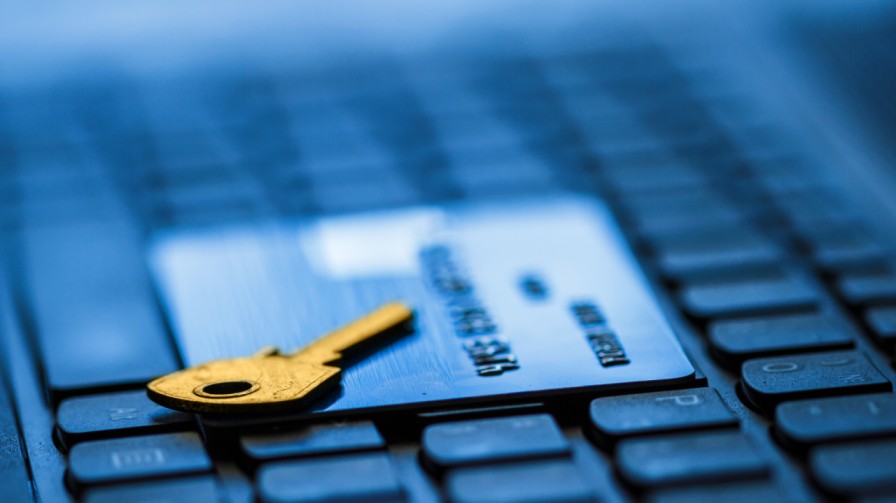
The dependency on data is increasing as businesses and technologies evolve and so is the threat to breach of data. The arguments on technology and software advancements have been like two sides of a coin for decades now, as the risk is proportional with the benefits.
Recent researches state that if there were to be a loss to the global economy due to cyber-attacks, it would be no less than US$6 trillion. It is always wise to prevent such a loss than bear it.
Cyber security can be managed with cyber security techniques which can be classified into various sections and domains. Coordination between all these techniques can lead to a successful Cyber security practice within an organisation. Read through to get an idea about five of the widely used cyber security practices.
1. Critical infrastructure security:
Modern societies are highly dependent on infrastructure which is critical for its functioning. Any society needs to have these infrastructures functional and operational with complete security at all times. With the increasing dependency on software, the critical infrastructure too has become operational with software. Security and resilience of these critical infrastructures are highly important as it protects the well-being of the society.
It is not just the business organizations that directly perform these critical functions, but also numerous organizations which support the functioning of critical functions. Such organizations must ensure a contingency plan is set up for risk management.
Sectors of critical infrastructure security:
Below are some of the sectors of critical infrastructure security.
- Energy Services
- Dams Sector
- Financial Services
- Nuclear Reactors, Materials, and Waste
- Food and Agriculture Sector
- Water and Wastewater Systems
- Healthcare and Public Health
- Emergency Services
- Transportation Systems
- Chemical Sector
- Communications
- Information Technology Sector
- Defense Industrial Base
- Critical Manufacturing Sector
- Government Facilities
- Commercial Facilities
2. Application security:
Application security is a critical domain that can be chosen by any organization that uses software and hardware tools during the development of any application. The development stage of an application is crucial and ensuring security from external threats is imperative.
Types of application security:
Let us take a look at the different types of security features used in application security:
- Authentication: Application security uses Authorization to ensure the user is who they claim to be. The authentication is done by obtaining a username and password for identification. The user can also opt for a multi-factor authentication which includes, something you know (a password), something you have (a mobile device), and something you are (a thumbprint or facial recognition).
- Authorization: Once the authorization is done for a user, the Application security validates the user if he/she is granted permission to use the application. A list of users needs to be provided access to the application and the same needs to be coded into the application software. Although it is the second step, the process of authorization must always precede the process of Authentication so that only authorized credentials are processed during Authentication.
- Encryption: The motive of authentication and authorization comes into effect only with the step of encryption that is executed as this method is done to protect the visibility of sensitive data from cybercriminals. This is where cloud-based applications prove to be more than useful as it offers increased protection due to decreased data traffic.
- Logging: The application security maintains a chronological log record in the form of a file containing all credentials who have previously accessed the data. It is a step of precaution at the time of a security breach.
- Application security testing: Finally, a test is run for the application to make sure all the controls are in place and working smoothly.
3. Network security:
Network security protects the internal systems from unauthorized intrusion attacks with malicious intentions seeking access to systems. Network security uses restriction of access as a major tool to protect the software and its complete infrastructure from compromising data. Data traffic is alerted when noticed on an abnormal basis and flags are being used during times when caution is to be exercised.
Controls of network security
The network security uses physical, technical, and administrative controls to protect the internal systems.
Physical Control: As the name suggests, it prevents unauthorized personnel from gaining access to physical assets like routers, cables, etc. Biometric authentication and advanced tools are used for this purpose.
Technical Control: Technical control uses network security tools to protect access to the internal network from unauthorized personnel and to prevent unnecessary or malicious activities within the authorized personnel also.
Administrative Control: This control administers policies and processes to monitor the behavior of personnel who have access to data.
4. Cloud security:
Cloud security is a security tool that secures data through cloud resources and software. Cloud security offers a low cost of maintenance, time and energy, and risk of breach, unlike traditional data centers. Cloud based applications has better security of access and the user is not dependent on any device or a specific location to protect the data from unauthorized access. This mere fact has proven all myths about Cloud applications to be false since it eliminates physical servers and is unlike many traditional approaches.
Challenges faced by cloud-based applications/services
Although cloud security offers increased benefits, below are few challenges faced by organizations during the transitional stage:
- Cloud security undoubtedly means decreased ease of access, but it is critical to maintaining well-secured cloud software. A poorly secured cloud software is like a treasure to cyber stalkers seeking an attack surface.
- It can be said that initially there is a lack of visibility and lack of exposure to its customers in Cloud software. There is full control when it comes to the layers of infrastructure but it takes time for customers to visualize their environment.
- Traditional security tools usually find it challenging to enforce their protection policies as the environment is highly dynamic. But the environment provided by cloud security is also highly flexible thus aiding in providing timely provisions.
- When security controls are not identified and embedded in the coding templates during the development cycle, it can pose a serious security position for the organization as the security-related changes are executed after the deployment. Such software is time-consuming to market.
- It is critical to provide clearly defined privileges when granting permissions to users. Only trained users must be permitted to edit or delete data. It can again create security concerns at the application level.
- Consistent data security can pose a challenge when opting for hybrid tools to manage multi-cloud environments preferred by many organizations.
- It is suggested to make complete usage of all tools and methods and obtain compliance with accreditation programs like HIPAA and GDPR. Refer to our Blogpost on GDPR and its influence in enhancing data privacy.
5. Internet of things (IoT) security
The Internet of things is referred to as IoT. It usually refers to a range of security devices or systems which may be critical or non-critical like the television, printers, embedded systems, Wi-Fi routers, or appliances. These devices do not come with security and are usually exposed to a lot of vulnerability, coming with their own set of security challenges for users. It is important to protect it and put cyber security in the spotlight during its usage.
Quick insights on security measures
Below are a few steps to follow to ensure cyber security, providing quick insight on IoT:
- Choose to install security applications/toolson all devices.
- Keep your passwords strong. Refrain using passwords that are predictable or do not keep them accessible to anybody other than authorized users.
- Be aware of how your information is being used by other applications. Always read the Privacy Policy before agreeing to it.
- Always be on the lookout for data breaches while using devices that collect data and share it with third parties. There is no need to be constantly vigilant but to do thorough research beforehand.
- Do not think twice to deny permissions where it is not necessary. Analyze the function of the application and grant permissions only when it is limited to its usage.
- Choose a trusted data service provider, which does not have any history of data breaches.
- Keep your device updated, check for updates on the manufacturer’s website.
- Keep caution when the application uses social sharing with the internet. Social sharing websites generally contain information pertaining to your details such as your live location, contact information, etc. Always remember that cybercriminals are on the lookout for his kind of information for cyber-stalking.

 +91 9594449393
+91 9594449393 +1 4847906355
+1 4847906355 +63 9208320598
+63 9208320598 +44 1519470017
+44 1519470017 +84 908370948
+84 908370948 +7 9639173485
+7 9639173485 +62 81808037776
+62 81808037776 +90 5441016383
+90 5441016383 +66 993367171
+66 993367171 +254 725235855
+254 725235855 +256 707194495
+256 707194495 +46 700548490
+46 700548490


